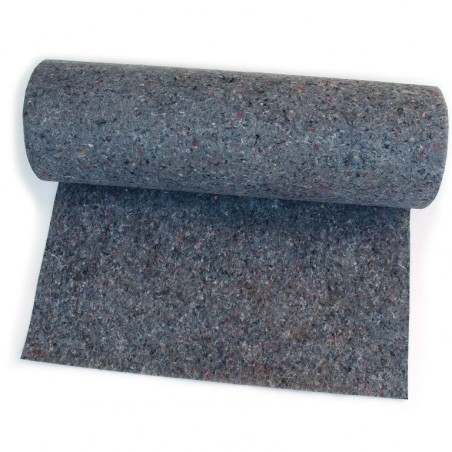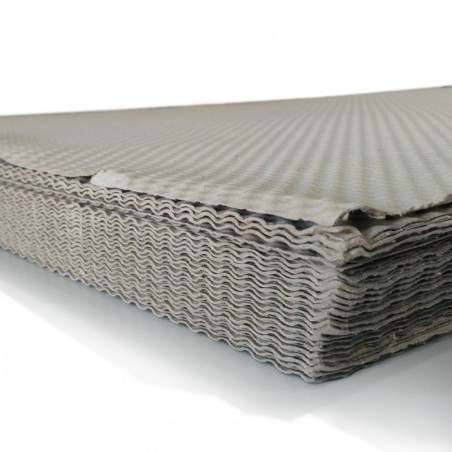The aim of this study was to optimize colostrum yield (CY) by altering the sows’ peripartal feeding strategy demonstrating the association between the change in back fat (BF) the week before farrowing and CY. A total of fifty sows were randomly assigned to 2 treatments at d 108 of gestation. The first group (L, n = 28) received 1.5 kg feed∙d-1, the second group (H, n = 22) received 3 times 1.5 kg feed∙d-1 until farrowing. Daily feed intake and CY were measured. The CY was calculated as the sum of the individual piglet’s colostrum intake within a litter using the following variables: birth weight, weight at 17 to 24 h of age, duration of colostrum intake and time between birth and first suckling. Colostrum was analyzed for nutrient composition, AA and fatty acids, IgG and IgA. Sow serum was obtained at d 108 of gestation and d 1 of lactation after overnight fasting and analyzed for NEFA, (iso)butyrylcarnitine (C4), creatinine, urea, 3-OH-butyrylcarnitine (3-OH-C4), IgG, and IgA. Based on BF at d 108, sows were divided into 3 body condition (BC) groups: skinny (<17 mm, n = 15), moderate (17 to 23 mm, n = 21), fat (>23 mm, n = 14).
The week before farrowing, the L group had the lowest daily feed intake (DFI; 1.5 kg), and within the H group, fat sows (3.8 kg) had a lower DFI than skinny sows (4.3 kg; p = 0.006). The H group tended to have a greater total CY (P = 0.074) and had a greater CY/kg liveborn piglet (P =0.018). Compared to sows in moderate BC, fat sows had a lower total CY (P = 0.044) and a lower CY/kg liveborn piglet (P = 0.005). The H group had a greater concentration of lactose (p = 0.009) and n-3 PUFA (p < 0.001) but a lower concentration of protein (p = 0.040) in colostrum. The concentration of IgG and IgA and serum parameters at d 108 did not differ between treatment and BC groups. At d 1, the H group mobilized less body fat (NEFA: p = 0.002) and protein (creatinine: p < 0.001, C4: p = 0.016) reserves but had a greater ratio urea:NEFA (p < 0.001) and less ketone bodies (3-OH-C4: p < 0.001) compared with the L group. This indicates a more balanced entry of metabolites in the citric acid cycle and thus a better support of the maternal peripartal metabolism in the H group.

The results showed that CY and nutritional composition are influenced by the peripartal feeding strategy and BC. The highest CY and most beneficial colostrum composition were obtained when sows entered the farrowing unit in a moderate BC and were provided a high peripartal feeding strategy.
Decaluwé, R., Maes, D., Cools, A., Wuyts, B., De Smet, S., Marescau, B., De Deyn P. P. and Janssens, G. P. J. 2014. Effect of peripartal feeding strategy on colostrum yield and composition in sows. J. Anim. Sci. 2014.92:3557–3567. doi:10.2527/jas2014-7612





